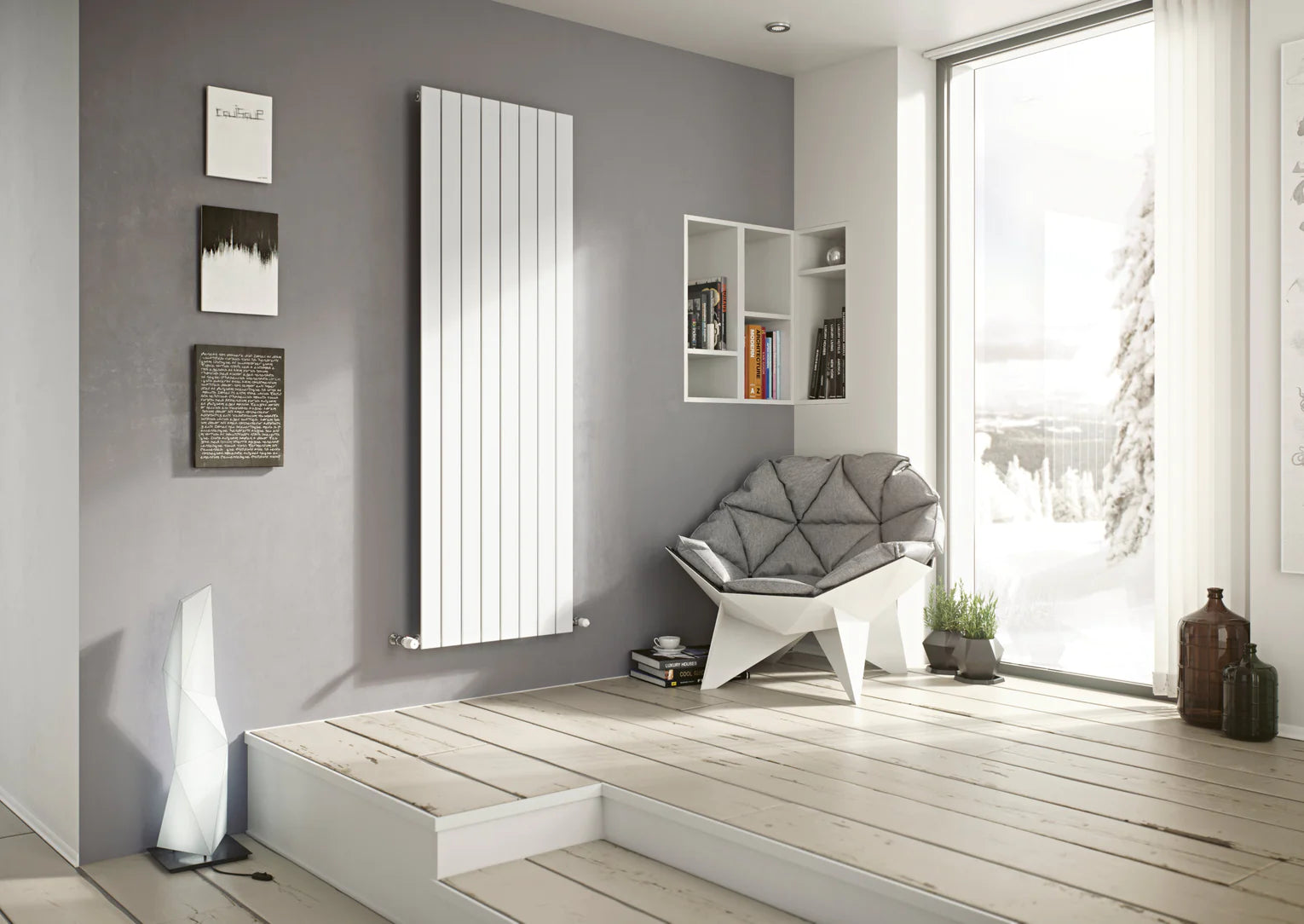RADIATOR BUYING GUIDE
Adding a radiator to your bathroom can provide both warmth and a stylish accent to the space. When shopping for a radiator, there are a few considerations to take into account to ensure you pick the right one for your needs.
Measuring Pipe Tails
The first step you should take when selecting a radiator for your bathroom is to measure the pipe tails, or the distance between the water pipes. This distance will help you determine the size of the radiator that best fits your bathroom. Make sure you measure the wall-to-wall and ceiling-to-floor distances before making your purchase.
Structure and Size
The size and shape of the radiator will heavily depend on the overall design of your bathroom. Make sure to measure the wall space where you intend to install it, so you know the size of radiator you can accommodate. A wide radiator will provide more heat output, while a tall radiator can provide a more vertical accent to the room and maybe great for smaller spaces or narrow bathrooms.
Decorative Design
Radiators come in a variety of decorative designs and finishes. Do you want something that stands out and makes a statement, or something that blends into the existing décor? There are many options to choose from, from plain white to bold colours or even a patterned radiator.
Heat Output
When choosing a radiator, consider its heat output. This is usually measured in BTUs (British Thermal Units) per hour and is a measure of how much heat the radiator can put out. It's important to get the right size radiator so it works efficiently. The amount of heat output will also depend on your home's insulation, so you may need to make adjustments to ensure it's delivering the right amount of heat for your space.
BTU stands for British Thermal Unit, which is a unit of measurement used to quantify the amount of heat a radiator produces. The higher the BTU output of a radiator, the more heat it’s able to generate and spread throughout a room.
In order to determine the right BTU output for your radiator, you’ll need to measure the room’s size and the amount of heat you want to generate. Generally, a larger room or a room with higher ceiling will require a larger BTU output from the radiator. Generally, a BTU output of 10,000 to 20,000 is the ideal range for a room.
When it comes to radiators, BTU heat output has a direct correlation to the efficiency and energy consumption of the radiator. The higher the BTU output of the radiator, the more energy it consumes, but the more heat it will produce and spread throughout the room. This is why it’s important to ensure that the radiator you choose has the right BTU output for the room size, as it will ensure that your radiator is both efficient and effective.
Use our helpful BTU Calculator to help you.
Safety
Make sure to factor in safety when you buy a radiator. Look for radiators that are designed to have a curved top so that it does not become hot enough to burn any skin that might touch it.
A thermostatic radiator valve will help to ensure the temperature is kept at a safe level.
Choosing the Number of Panels
The number of panels on a radiator is another important factor to consider. Generally speaking, the more panels a radiator has, the more efficient it will be.
The number of panels can range from two to ten, depending on the size of the radiator and the size of your bathroom. If you’re looking for a cost-effective solution, opt for a two-panel radiator.
Consider Height
It’s important to take into account the height of the radiator. Depending on the layout of your bathroom, you may need to select a taller or shorter model. If you’re looking for a radiator that takes up less space, opt for a tall, slim model. If you’re looking for more efficient heating, go with a shorter, wider model.
Installation
Finally, you will need to consider installation. This will involve connecting the radiator to the central heating system and making sure it is properly secured to the wall. Radiators usually come with instructions on how to install them, but if you are unsure, it is best to consult a professional.
Summary
Buying a radiator for your bathroom is a great way to add both warmth and a stylish accent to the room. Make sure to consider the structure, size, design, heat output, and safety when selecting a radiator, and always consult a professional if you are unsure of the installation process. Following these tips and guidance will help ensure you find the perfect radiator for your bathroom

